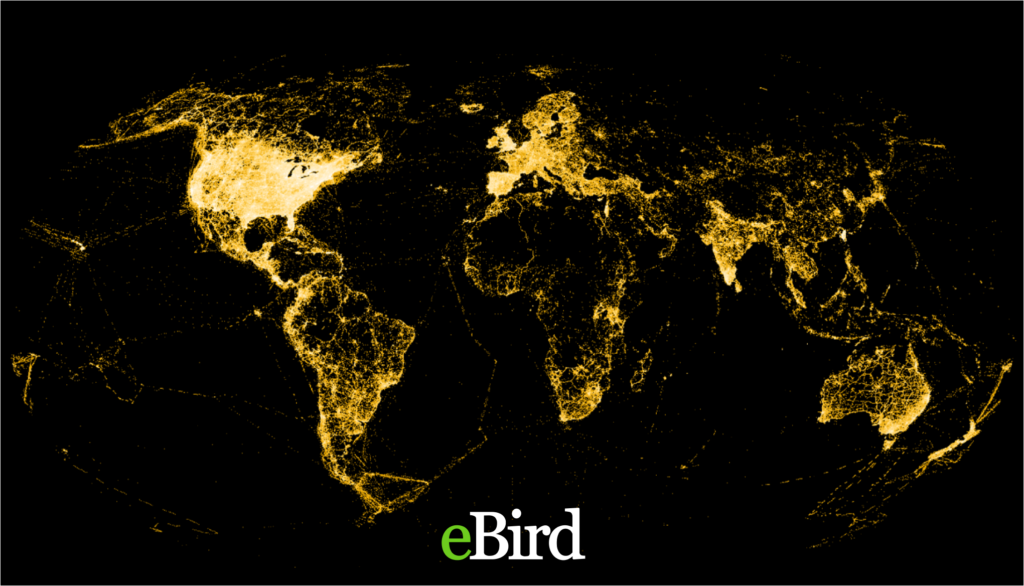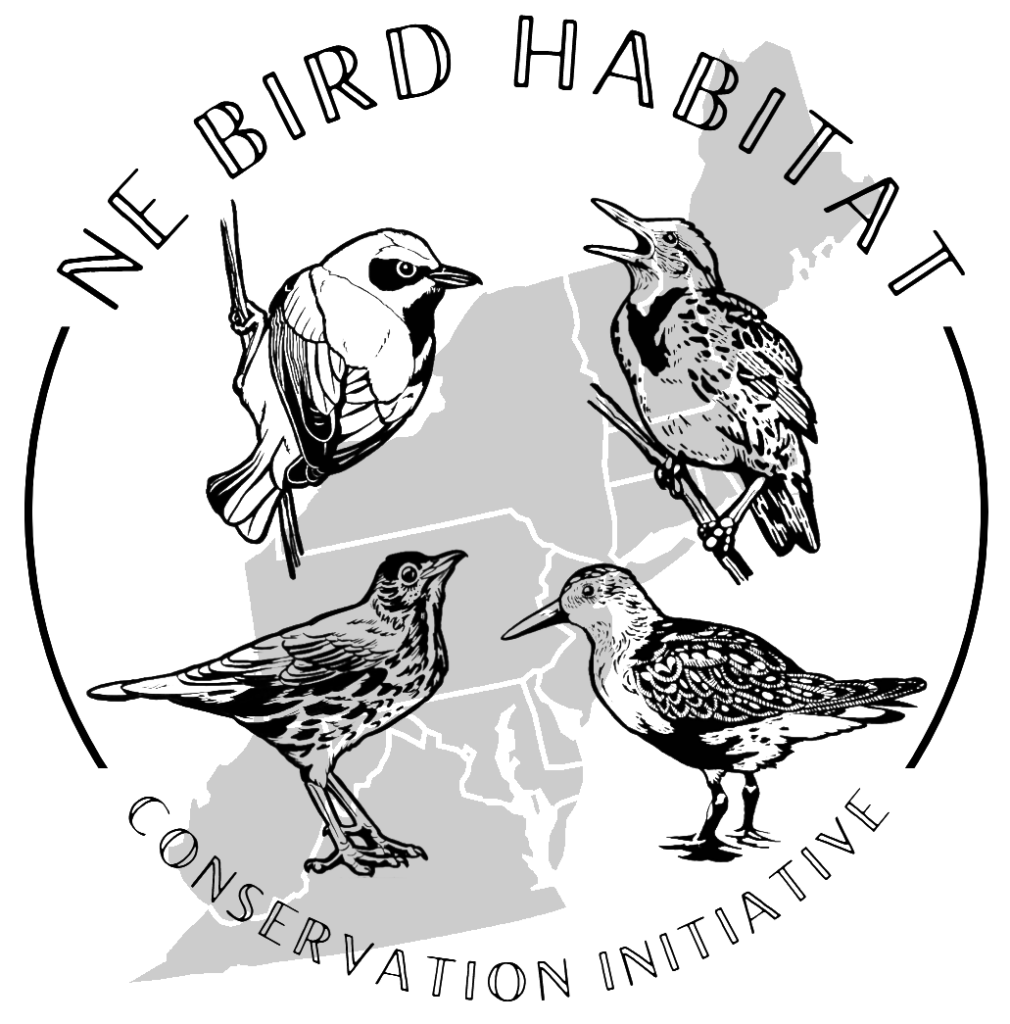Wherever you are this winter, you can be a part of the Great Backyard Bird Count (GBBC) from the Cornell Lab of Ornithology, the National Audubon Society, and Birds Canada. On February 18-22, join people from all over the world to discover the joys of bird watching, advance your bird knowledge, and contribute your observations to an extensive bird science database.

Last year’s count collectively identified 6,436 different bird species by over an estimated 300,000 participants from across the globe. In the Northern Hemisphere, GBBC data is collected before the annual spring migration, when birds move en masse to their breeding grounds. This information helps scientists better understand trends in movement, population densities, and even uncovers new bird sightings like the Northern Wheatear’s appearance in the state of Ohio during its nonbreeding lifecycle.
Regardless of location, interested participants are invited to watch the birds around them for a minimum of 15 minutes, at least once on any of the event’s four days, and record their sightings using a suite of easy-access and free digital tools, including the Merlin Bird ID app. Merlin Bird ID provides bird identification assistance and enters user recorded findings into the count. In addition, checklist locations will populate the glow of their corresponding longitude and latitude on the 2022 sightings map.

Birdwatchers who already know their species or want to enter a checklist of multiple birds can submit their data, as well as photos and audio recordings to the eBird website and eBird app. Beyond the bird count, eBird gathers long-term data about global bird migration patterns, species distribution and abundance, habitat use, and more. Scientists, educators, researchers, conservationists, government agencies, and private citizens apply eBird data for various purposes, including conservation planning and monitoring, policymaking, and resources management and protection. For example, the Northeast Bird Habitat Conservation Initiative uses eBird as a tool to help regional conservation leaders make decisions in support of bird conservation activities including land acquisition, monitoring, and engagement with landowners, stakeholders, and the birding community.
Are you excited to count some birds yet? Want to learn more? Invite a friend or family member and visit the Great Backyard Bird Count official website for easy data entry instructions and more information. In addition, a Cornell Lab webinar with bird count tips from GBBC experts will host a Facebook Livestream on February 16, 2 p.m. ET. Register today for free.
